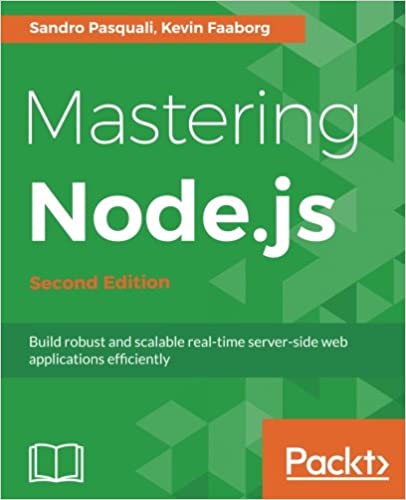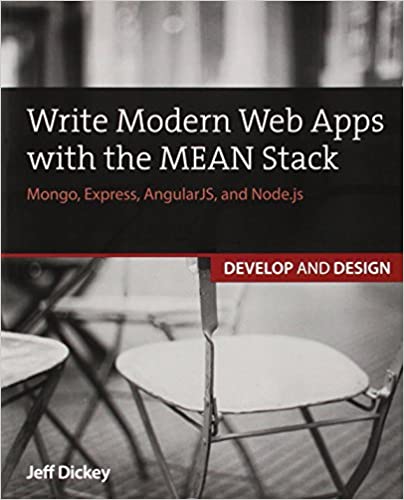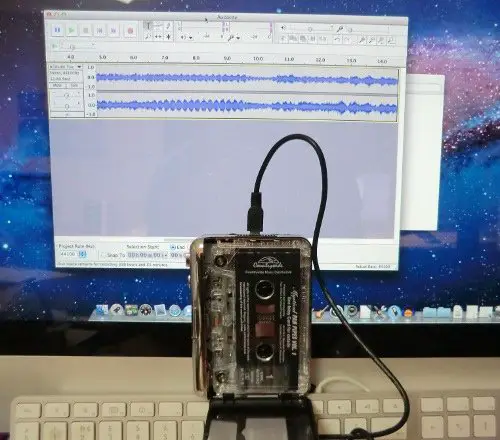; Date: Sun Mar 26 2017
Tags: Computer Hardware »»»» SSD Drives »»»»
SSD drives are awesome, they're extremely faster than spinning drives, lower weight, lower power consumption, no noise, and are a direct plug-in replacement for spinning drives. Thanks to technology advances the price is falling rapidly making them more feasible every day. The problem is they're known to suddenly die giving us a fear of losing our data and suddenly having to replace the drive. This video does an excellent job of explaining the reality, and tells us to not panic but instead to make sure to leave lots of free space on the drive.
The core issue is that each memory cell in an SSD drive can be written so-many-times. Once each cell is written enough times, that cell dies. The SSD firmware takes care of recognizing dead cells, bypassing those cells when storing data. They also use wear-leveling algorithms to spread write's across the disk and extend its lifetime.
The key to a long SSD lifetime is to leave lots of free space on the drive. This means at least 10% of the disk should be left empty, and perhaps 20% is a good amount to leave free. This is so the wear leveling algorithms can do their thing.
The phrase "over-provisioning" refers to the practice of leaving free space.
These are the key measures which will be contained in the spec sheet:
- DWPD :- How many times you can write an amount of data equal to the SSD drive's capacity over its warranty period
- TBW :- Total data that can be written (total bytes written)
With a DWPD of "2", a capacity of 240 gigabytes, and a warranty of 5 years, you should be able to write 480 gigabytes per day for five years.
lifespan = (capacity x enduranceRating) / averageDailyWrites
See also:











